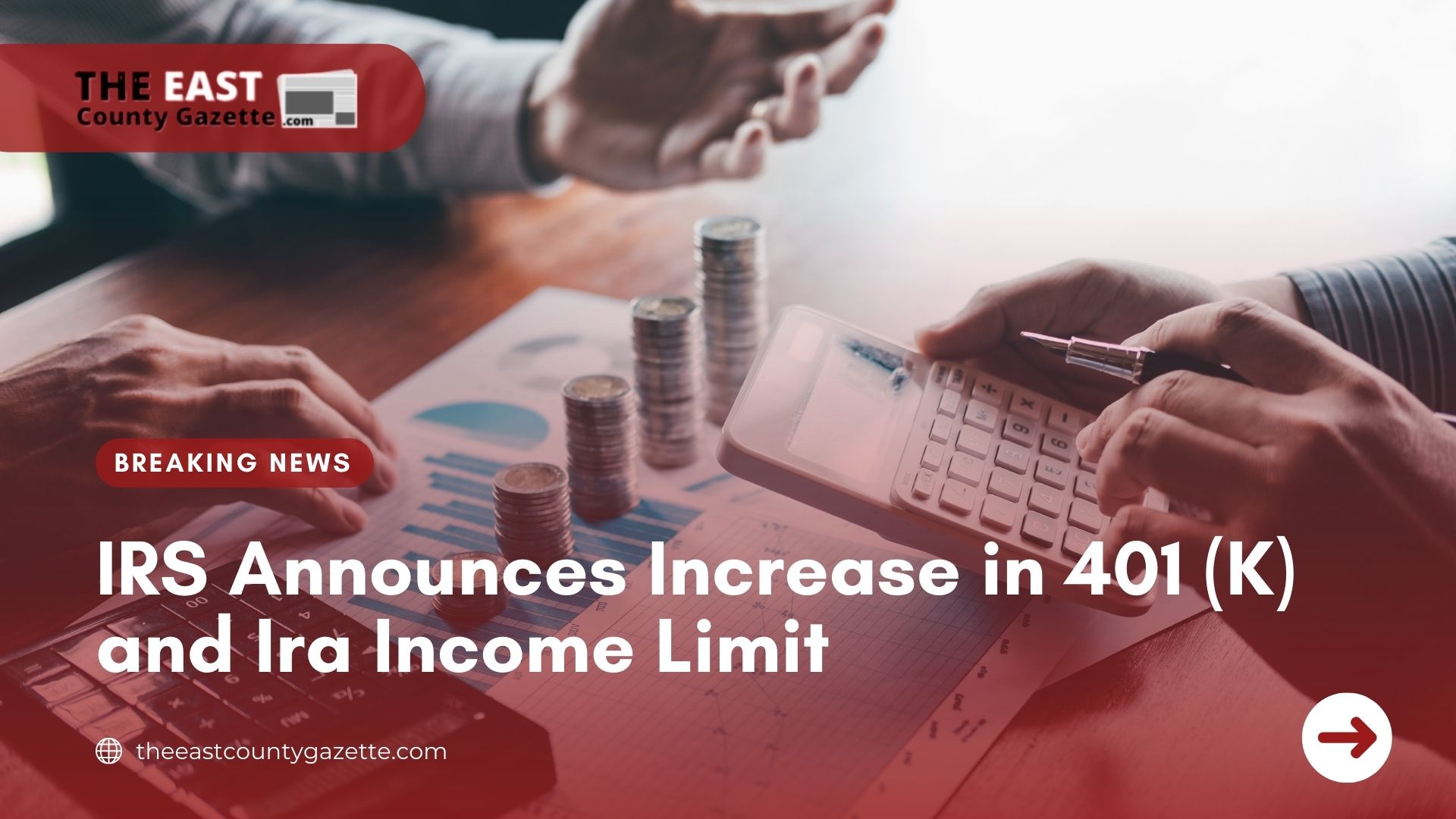The Internal Revenue Service recently announced that the amount individuals can contribute to their 401(k)s in 2022 has officially increased to $20,500 which is a $1,000 increase from 2021 and 2020.
Average 401(k) contributions by highly compensated employees can’t average higher than 2% more than average contributions of non-highly compensated employees.
Read more: California Wildfire Relief: IRS Extended Support Till January 3 Next Year!
The total contributions made by highly compensated employees also can’t be more than double the percentage of non-highly compensated employees.
The 401(k) contribution limits in 2020 increased for employees to $19,500. The 2019 limit was $19,000. Employees age 50 and over can make an additional, catch-up contribution of $6,500, making their total contribution limit $26,000 for 2020.
A 401(k) is a retirement account offered by employers that also offers tax benefits. Both employees and employers can make contributions.
Read more: Surprise Stimulus: Here’s How IRS Can Send You Unemployment Benefits in November?
Employees can opt to have their contributions automatically deducted from their paychecks, making it easy to build a nest egg.
Employees and employers can add funds up to the 401(k) contribution limits. How are 401(k) contribution limits determined? Toward the end of each year, the IRS decides on the limits for the following year.
With the 401(k) tax advantages, there’s the potential for employees who make more to benefit more from deferring taxes.
Read more: Biden Wants IRS to Spy on Americans & Their Bank Accounts. Here’s WHY?
To ensure everyone’s treated fairly — and the IRS gets its fair share of taxes — the IRS put rules into place to limit how much highly compensated employees can contribute.
The IRS defines highly compensated employees as:
- Individuals who owned more than 5% of the business at any time during the previous year
- Individuals who made more than $125,000 in 2019 or $130,000 in 2020
- Individuals who were in the top 20% of employees when ranked by compensation (this measurement is optional for employers)
However, the income ranges for determining eligibility to make deductible contributions to IRAs and Roth IRAs and to claim the Saver’s Credit have all increased for 2022.
Here are the IRS phase-out ranges for 2022:
-
For single taxpayers covered by a workplace retirement plan, the phase-out range is increased to $68,000 to $78,000 (up from $66,000 to $76,000)
-
For married couples filing jointly, if the spouse making the IRA contribution is covered by a workplace retirement plan, the phase-out range is increased to $109,000 to $129,000 (up from $105,000 to $125,000)
Read more: IRS Reveals Faster Inflation is the Reason Behind Boosting Tax Brackets!
- For an IRA contributor who is not covered by a workplace retirement plan and is married to someone who is covered, the phase-out range is increased to $204,000 to $214,000 (up from $198,000 to $208,000)
-
For a married individual filing a separate return who is covered by a workplace retirement plan, the phase-out range is not subject to an annual cost-of-living adjustment and remains $0 to $10,000.
Stay updated here with us at the East County Gazette.

